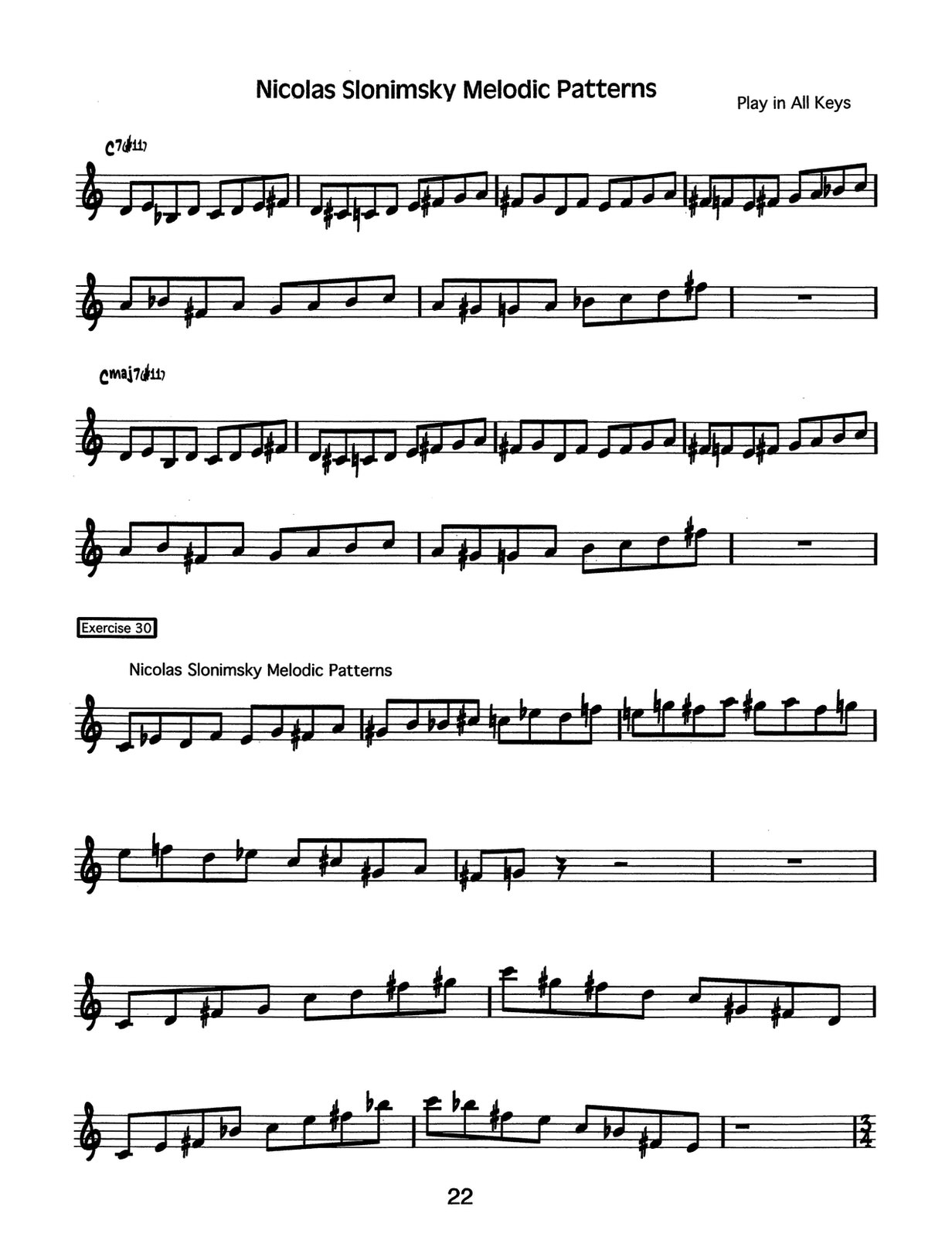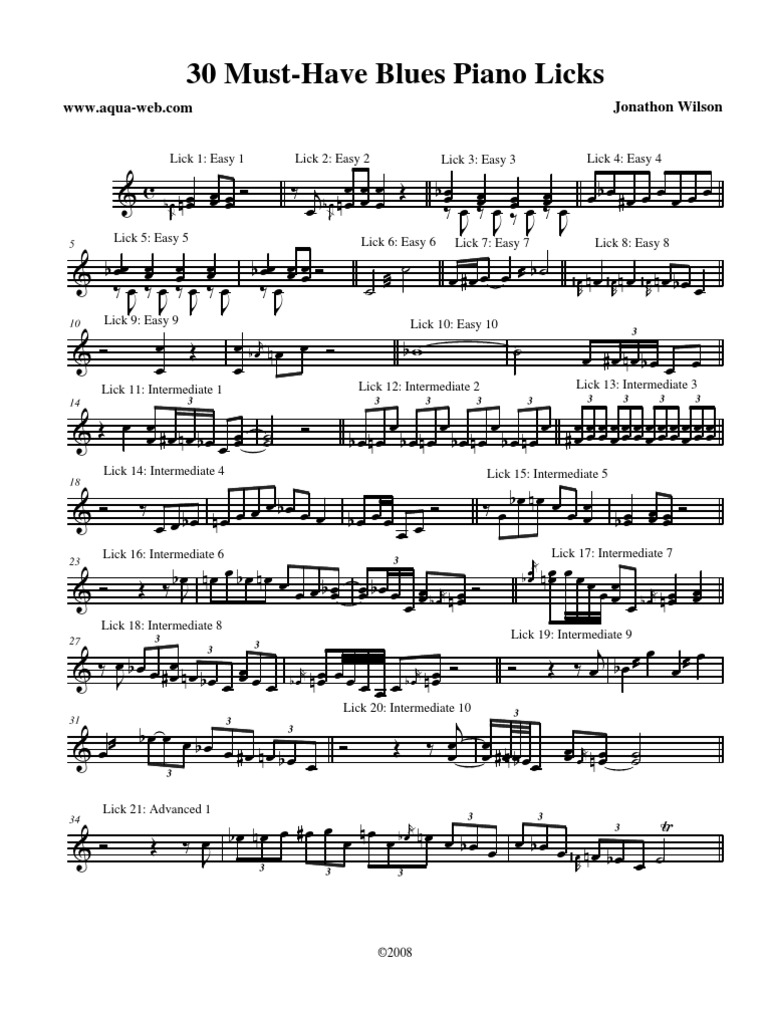Michael Brecker Licks Pdf Creator
The allows access to the beautiful tensions of a dominant chord in a flash. The effective use of this scale, however, is not easy. In this article, I’ve assembled what I have found to be the keys to utilizing the altered scale to its full potential. Get beyond the shortcut to the altered scaleTo find the appropriate notes for an altered scale, simply go up a half step from the root of the chord and play the ascending form of the (a major scale with a flatted third). So, on G7, you would play Ab melodic minor starting on G, and voila, you’re playing G altered. I call this a shortcut for a reason.

Because it is! Gradually, get beyond itby knowing the scale as it’s own entity. Know the scale as its own entityI remember attending Jamey Aebersold’s jazz camp in Louisville, Kentucky, at age 18 and having an absolute blast! Playing with great musicians, learning from professionals, I truly enjoyed every minute. One instance relevant to the discussion of altered scales comes to mind.
Jerry Coker told our class that he and Jamey disagreed on one primary issue about the altered scale.Jamey felt it no big deal to think of the altered scale as a mode of the melodic minor, however, Jerry Coker firmly, but respectfully, opposed Jamey, stating that knowing the scale as its ‘own thing’ was absolutely necessary to using it effectively. Jerry believed that knowing the scale independently from the melodic minor scale would allow improvisers to access the scale more quickly, and therefore, use it more easily.Sorry Jamey, but I gotta go with Jerry on this one.
Using the melodic minor scale to derive the altered scale is fine for starting out, but to utilize the altered scale to its full potential, it’s important to have the scale under your fingers and in your mind without having to think of its related melodic minor. Know when to use the altered scaleChord symbols implying the altered scale are G7alt., G7#9, G7 b13 and I’m sure other variations exist.

The use of the altered scale is by no means limited to where a chart explicitly calls for it. Really, any dominant chord resolving down a fifth (G7 to C major) can take the altered scale.The one thing to watch for, however, is a dominant chord that has an altered 9th and a natural 13th, notated commonly as G7b9. If a chord has a natural 13th (E in the case of G7) included with altered 9ths (Ab and A# in the case of G7), then playing Eb (or D#), the b13th (same as #5) will conflict with the harmony. Know what the altered notes are in relation to the chordEven more important than knowing the scale, is knowing how each note in the scale relates to the chord, for example, knowing instantly that D# is the #5 of G7, Ab is the b9, C# is the #11, and A# (Bb) is the #9.
Michael Brecker Sax
Remember, the altered scale is just a convenient way to conceptualize the altered sounds on a dominant chord and make them available quickly. Do not just run up and down the scaleIt sounds obvious, so why do people insist on continuing to simply run up and down scales as though it were improvising? Learning the scale is only the beginning.
Get an idea of how the masters do itCould I list a bunch of altered licks here for you to practice? Would it help you. Feel free to disagree.In contrast, your heroes yourself to get a concept of how they draw from the altered scale/sounds and you will benefit immensely.
Understand all the resolutions in the altered scaleThe altered scale is a just a quick way of accessing the altered tensions. This in itself is not very powerful.
However, having a strong foundation of to draw from, coupled with an understanding of how to seamlessly resolve these tensions, will allow you to wield the power of this scale.These are just some ways these chord-tones could resolve. Use scalar segments of the scaleWhen you first start to use the altered scale in your solos, you may have still have to think of the related melodic minor.
Michael Brecker Licks Pdf Creator Youtube
Scalar segments are a good way to start out. This example is 12345321 of Ab melodic minor. Make up your own scalar segments in a similar fashion.Gradually, you will have these notes at your finger tips without having to think of the related melodic minor. You’ll just know that Ab is the b9 of G7, and so on and so forth. Playing a few notes of the scale can be very effectivefrequently takes a couple altered notes and creates beautiful melodies and sequences from them. Check out this example from his solo on “Tenor Madness” on the turnaround of the second chorus.Sonny uses the b9 and #9 to create a sequenced melody. It occurs at 2:39 in the video.

Had me practice using a couple notes of the altered scale by going through tunes and selecting pairs of altered notes to play on every chord as in the example below. Here I chose #5 and #9 and would go through an entire tune playing this pair wherever I could. You could make up your own pairs selecting from the altered tensions: b9, #9, #11 (same as #4 and b5), #5 (same as b6 and b13). Try this over a blues or a standard you are working on.It’s obvious Rich has practiced and mastered these altered sounds! Use chromatic passing tones between altered notesAdding chromatic passing tones in between altered notes is an effective way to emphasize specific altered tensions.
For instance, take this example from:By inserting chromatic passing tones between altered notes, Brecker controls which tensions land on downbeats (the notes on the downbeats are going to suggest the underlying structure of the line.) In this line over the G7, Brecker puts the b7, b13, #9, and b9 on down beats. Watch how the greats use passing tones to purposefully land on specific altered notes on the downbeats.Once you get the general idea of inserting passing tones, you can create your own altered bebop scales. Here are some examples:This is the altered scale with a passing tone in between the root and dominant seventh, similar to the. It puts 1, b7, #11, and #9 on downbeats.This is the altered scale with a passing tone in between the b13 and #11.
It puts 1, b13, #11, and #9 on downbeats.Here’s a ten note altered bebop scale. This is the altered scale with a passing tones in between the root and b7, and between b7 and #11.
It puts 1, b7, b13, #11, and #9 on downbeats.You can also leave notes of the scale out as in this example. I inserted passing tones in between the root and b7, and between b7 and #11, and then left the 3rd (E) out of the scale.The most important thing about using these bebop scales is knowing how to integrate them musically into your playing.
To reiterate, do not just mindlessly run up and down scales. That’s not improvising. Incorporating the altered scale into your playingThis is a combination of understanding the scale inside and out (resolutions, each tension’s relationship to the chord, and the rest of the points discussed previously) and combing that understanding with language. A simple way to do that is the following process:Here’s a charlie parker lick over a one measure ii VThis is a frequent situation: I’ve transcribed a line and now I want to make it my own.
In the following example, I’ve imposed the altered scale over the line.You can do this with any line you transcribe. Try writing out some variations as I did here and then try improvising (instead of writing) around the transcribed line, using the altered sounds as a basis for how you change the line. This method will help you rapidly integrate the altered scale into your playing in a musical way based upon the jazz language. Transcending the altered scaleAs you practice all this altered stuff, a paradigm shift will occur. Supposing you’re learning G7alt.
